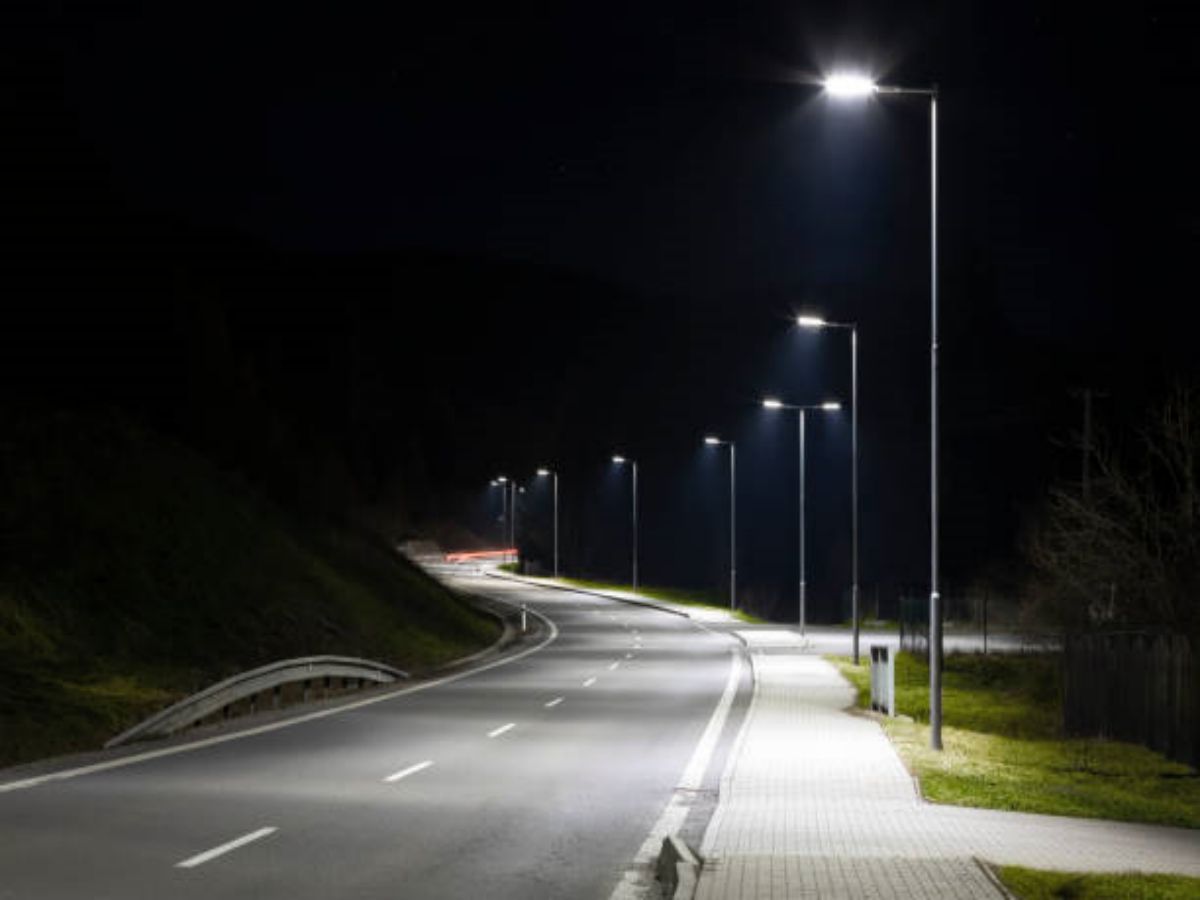Overcoming Obstacles: Installing M20 Waterproof Connectors in Tight Spaces
Introduction
When it comes to electrical installations in tight spaces, one of the biggest challenges is ensuring a reliable and waterproof connection. This is where M20 waterproof connectors come into play. These connectors are specifically designed to overcome the obstacles posed by tight spaces, providing a secure and waterproof solution for electrical connections. In this article, we will explore the various aspects of installing M20 waterproof connectors in tight spaces and how they can help you overcome common obstacles.
Choosing the Right M20 Waterproof Connectors
Before diving into the installation process, it is crucial to choose the right M20 waterproof connectors for your specific needs. There are various factors to consider, including the material of the connector, the IP rating, and the compatibility with your existing electrical components. By carefully selecting the appropriate M20 waterproof connectors, you can ensure a successful installation in tight spaces.
Understanding the IP Rating
The IP rating of M20 waterproof connectors is an important consideration when installing them in tight spaces. The IP rating indicates the level of protection the connector offers against dust and water ingress. For installations in extremely tight spaces or challenging environments, it is advisable to opt for connectors with a higher IP rating to ensure maximum protection against moisture and debris.
Preparing the Tight Space for Installation
Before installing M20 waterproof connectors in tight spaces, it is essential to properly prepare the area. This includes cleaning the surrounding surfaces, removing any obstacles, and ensuring there is enough space for maneuvering. Adequate preparation will make the installation process smoother and minimize the risk of damage to the connectors or other electrical components.
Ensuring Proper Cable Management
Cable management is crucial when installing M20 waterproof connectors in tight spaces. Properly organizing and securing the cables not only ensures a neat and professional appearance but also avoids any potential strain or damage to the connectors. Using cable ties, clips, or conduits can help keep the cables organized and prevent them from interfering with the connectors or other components.
Applying the Correct Installation Technique
The installation technique plays a significant role in ensuring the reliability and waterproofness of M20 connectors in tight spaces. It is essential to follow the manufacturer's guidelines and recommendations for a proper installation. This may include using the appropriate tools, applying the right amount of torque, and ensuring a secure and tight connection. Taking the time to install the connectors correctly will result in a long-lasting and reliable electrical connection.
Testing the Waterproof Connection
Once the M20 waterproof connectors are installed in tight spaces, it is crucial to test the waterproof connection. This can be done using various methods, such as a water immersion test or a pressure test. Testing the connection ensures that it can withstand moisture and prevents any potential leaks that could lead to electrical failures or hazards.
Considering Temperature and Environmental Factors
Temperature and environmental factors can significantly impact the performance of M20 waterproof connectors in tight spaces. It is essential to consider the temperature range in which the connectors will be operating and ensure they are suitable for the specific environment. Extreme temperatures, exposure to chemicals, or other environmental factors can affect the connectors' durability and waterproofness.
Maintenance and Inspection
Regular maintenance and inspection are crucial to ensure the continued performance of M20 waterproof connectors in tight spaces. This includes checking for any signs of damage, wear, or corrosion, and replacing any faulty connectors promptly. Additionally, periodic cleaning and reapplication of protective coatings can help prolong the lifespan of the connectors and maintain their waterproof properties.
Conclusion
Installing M20 waterproof connectors in tight spaces can be challenging, but with the right knowledge and approach, it is possible to overcome these obstacles. By choosing the right connectors, properly preparing the space, following the correct installation technique, and considering environmental factors, you can ensure a reliable and waterproof electrical connection. Regular maintenance and testing will help prolong the lifespan of the connectors and provide peace of mind knowing that your electrical installations are protected.

